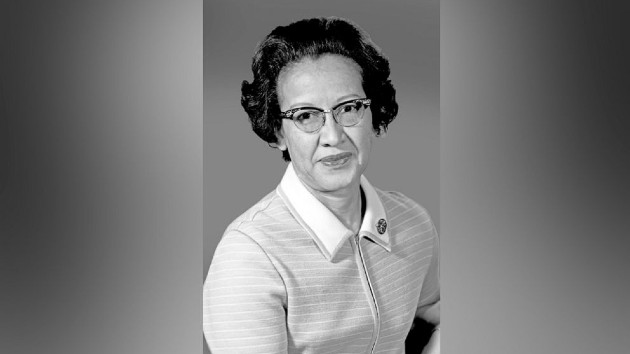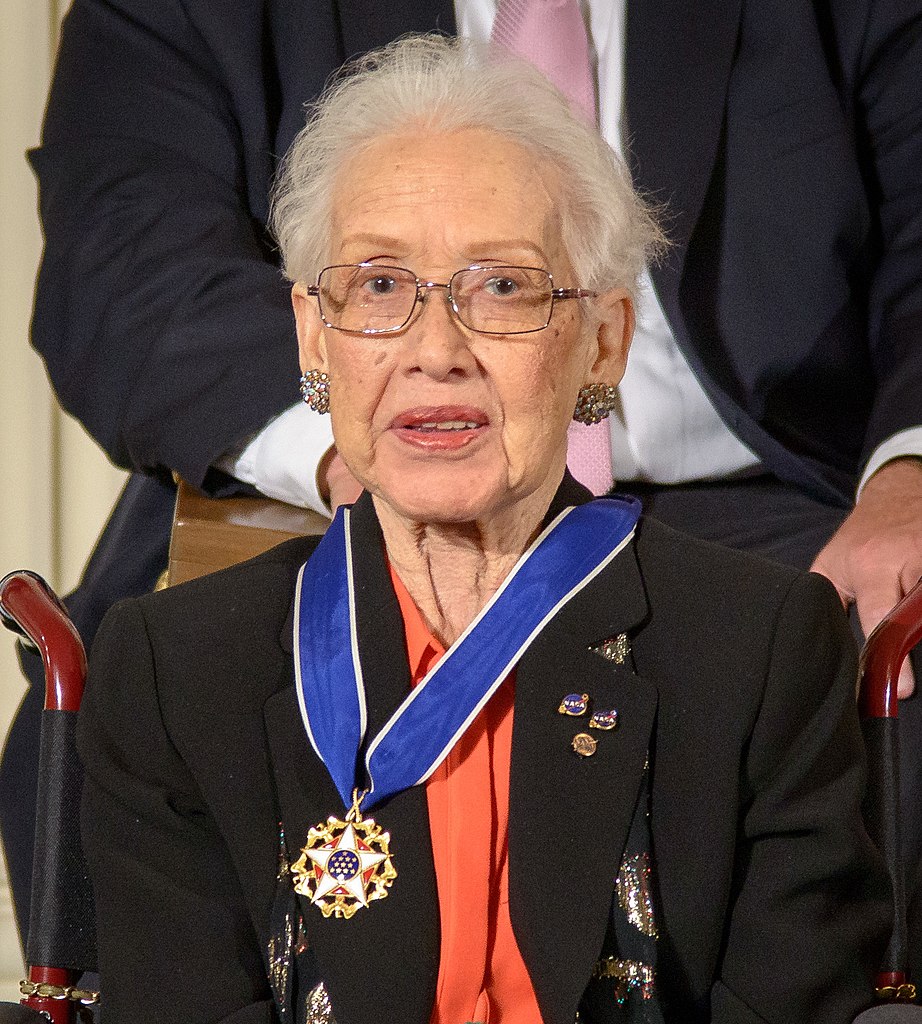
Her father, Joshua Coleman, had farmed and worked as a lumberman, and, in the 1930s, was employed at the local upmarket resort, the Greenbrier. The youngest of four children, with an older sister and two older brothers, Katherine was born in White Sulphur Springs, a small town in Greenbrier County, 120 miles south of the West Virginian capital, Charleston. The West Area computers were subject to the racist Jim Crow laws, required in theory – but not always, for Johnson, in practice – to use separate offices, toilets and cafeterias from their white counterparts, until the birth of Nasa in 1958. By 1949 Dorothy Vaughan had become the first African-American section head within the NACA, of the female-only, segregated West Area computing unit at Langley, which Johnson joined as a “computer” four years later. It was in 1943 that Langley, then part of Nasa’s predecessor, the National Advisory Committee for Aeronautics (NACA), hired its first five black female mathematicians. Johnson was one of a group of remarkable women who fought every obstacle an entrenched deeply racist society could throw at them and, eventually, they won. But Shetterly’s book, and the ensuing film, with Taraji P Henson in a starring role as Johnson, helped change that. Until recently the contribution made by Johnson and her fellow African-American colleagues to the US space programme went largely unheralded outside – and sometimes inside – Nasa. “We were concerned about them getting back.” She was later involved in the early years of the space shuttle, and the Earth Resources satellite.

“Everybody was concerned about them getting there,” she said in 2010. Johnson was still calculating trajectories in July 1969 when Neil Armstrong and Buzz Aldrin made the first moon landing, and in 1970 when the Apollo 13 mission was aborted and nearly ended in disaster. Katherine’s passion was maths.Barack Obama presenting Katherine Johnson with the presidential medal of freedom in 2015. Katherine encouraged her grandchildren and students to pursue careers in science and technology. Two NASA facilities have been named in Katherine's honour and in 2015, the then US President Barack Obama awarded 97-year-old Katherine the Presidential Medal of Freedom, America’s highest civilian honour. The 2016 film, ‘Hidden Figures’, tells the story of how the work of Katherine and other Black women helped NASA win the space race. Katherine co-authored 26 scientific papers and continued to work for NASA until she retired in 1986. She was part of the team that got the Apollo 13 crew back to Earth safely when their spacecraft malfunctioned. Katherine also helped calculate the trajectory for the Apollo 11 mission that landed the first people on the Moon. The astronaut John Glenn requested that Katherine check the calculations made by electronic computers before his spaceflight on Friendship 7 – “If she says they’re good,’” the astronaut said, “then I’m ready to go.” The path a rocket follows is also known as its trajectory. As a “computer”, she calculated the trajectory that put the first American in space.

Katherine used her maths skills to calculate the paths of rockets through space. In 1953 she started a job carrying out mathematical calculations at the National Advisory Committee for Aeronautics (NACA), later known as NASA. She then took a break from studying and teaching to have children. In 1939, Katherine became the first Black woman to study for a postgraduate qualification at West Virginia University. She graduated with the highest honours in 1937 and took a job teaching at a Black public school in Virginia. Katherine was curious about numbers from an early age and took every course in maths she could at West Virginia State College. Her mother was a teacher and her father a farmer and handyman. Katherine Johnson grew up in West Virginia, USA.

Research Areas: Rocket Flightpaths, Trajectories, Orbital Mechanics


 0 kommentar(er)
0 kommentar(er)
